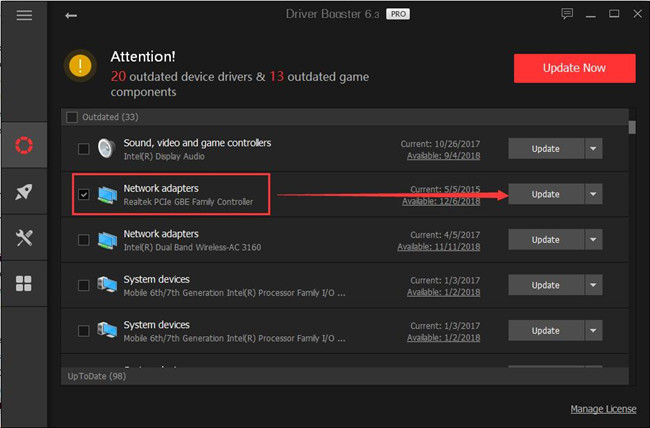
Once you are inside BIOS Setup Utility, look for the Boot Options, Boot Order, or Boot tab. Check Safe boot in the Boot options section, and then choose Network. Press the appropriate key for entering BIOS Setup Utility. When connecting to a personal network If the computer is connected to a personal network, follow the steps below to reset the BIOS Setup boot options. Next, expand the Network Adapters list and right-click on your Wireless Network Adapter, then select Properties. Go to the boot option F2, boot sequence, select UEFI, apply, exit and should boot as normal. " But here, the problem is not of getting IP. You can enter into BIOS to set the Network boot as the first boot order or press a specific key to bring up the boot menu. In the System Configuration window, click or tap the Boot tab.Rename Ethernet configuration files In order for the Ethernet configuration to come up on boot Hi Qu4nTuMz It looks that you might have "PXE Boot", which is a network boot enabled in your BIOS.In order to do so, you need to: Start your computer up.This version has no boot, which makes it the easiest to plug and unplug.

It works fine to start it manually sudo service network-manager restart or reboot the computer but since I want to access these computers remotely that's not always an option. No errors or warnings were issued by the Win 10 upgrade which I thought was intriguing since almost all applications that could run without the network appeared to run correctly (with the exception of the Cisco VPN Client which ran correctly on previous enterprise builds of Win 10).


 0 kommentar(er)
0 kommentar(er)
